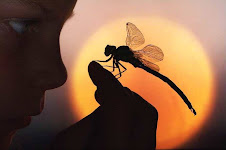1.What are the characteristics of gymnosperms and how o they reproduce? Every gymnosperm produces naked seeds. In addition, many gymnosperms have needle-like or scalelike leaves, and deep-growing roots.
2.What are the characteristics of angiosperms and their flowers?
In gymnosperms reproduction, pollen falls from a male cone onto a female cone. Sperm and egg cells join in an ovule on the femalecone.
3.How do angiosperms reproduce?
All angiosperms produce flowers and fruits.
4.What are the two types of angiosperms?
During angiosperms reproduction, pollen falls on a flower`s stigma. In time, sperm and egg cells join in the flower`s.
“KEY TERMS”
1. Gymnosperm: a plant that produces seeds tahta are not enclosed by a protective fruit.
2. Ovule: a structure that contains an egg cell.
3. Angiosperm: a flowering t that produces seeds enclosed in a protective structure.
4. Sepal: a leaf like structure that bud of a flower.
5. Stamen: a male reproductive that bud of a flower.
6. Ovary: a flower structure that encloses and protects ovules and seeds as they develop: organ of the female reproductive system in which eggs and estrogen are produced.
7. Monocot: an organism with one seed leaf.
8. Cone: the reproductive structure of a gymnosperm.
9. Pollination: the transfer of pollen from male reproductive structures to female reproductive structures in plants.
10. Pistil: the female reproductive part of a flower.
11. Flower: the reproductive structure of an angiosperm.
12. Petal: a colorful, leaflike structure of some flowers.
13. Fruit: the ripened ovary and other structures of an angiosperms that enclose one or more seeds.
14. Dicot: an angiosperm that has two seed leaves.
Suscribirse a:
Enviar comentarios (Atom)

No hay comentarios:
Publicar un comentario